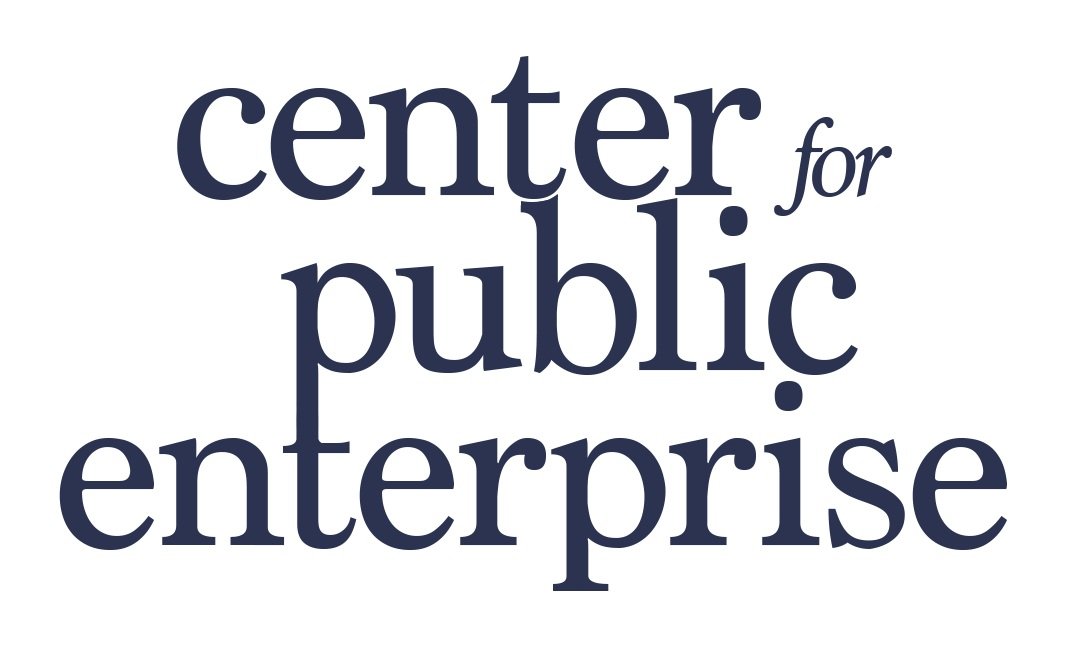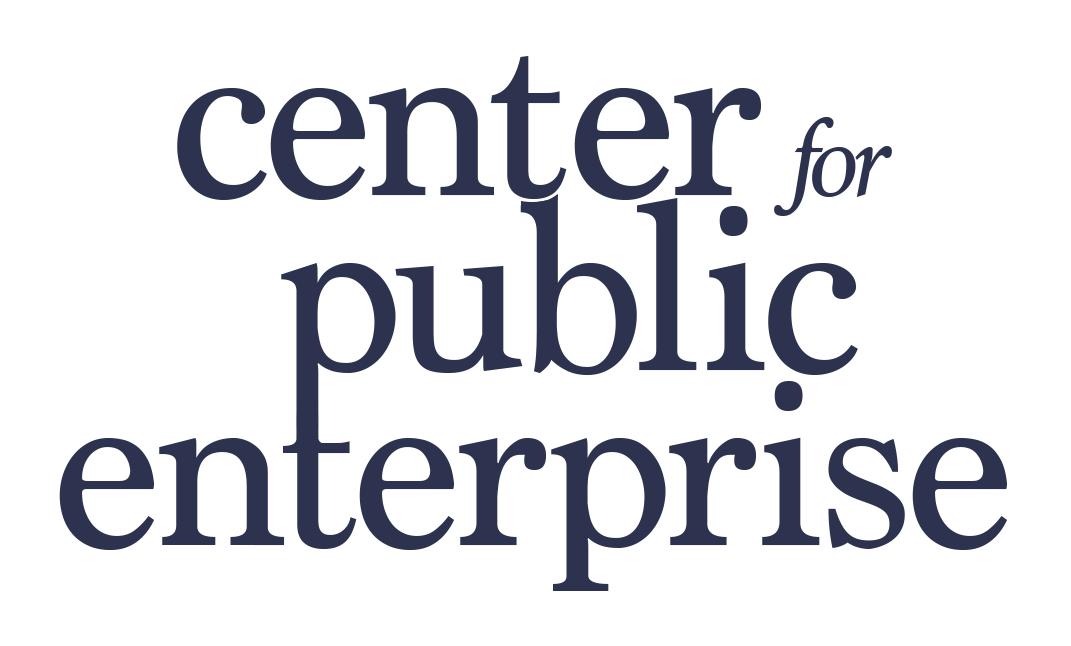Tax Credits Are Industrial Policy: Answering the Derisking Critique on Discipline and Investment
Read CPE Director of Energy Chirag Lala’s latest working paper, published by the Economic Democracy Initiative, in full here.
Abstract: The Inflation Reduction Act (IRA) is criticized for "derisking" private investment by increasing the gains to private firms. The derisking critique argues that the IRA insufficiently disciplines private firms; it does not utilize legal or financial penalties which would force firms to undertake green investment and bar emissions-intensive investment. This paper answers that critique by providing a Post-Keynesian theory of capital expenditure. It argues all industrial policies promote investment by removing or mitigating risks in an environment of fundamental uncertainty. Industrial policies tackle different risks and can be assessed or compared on their effectiveness in doing so. An insufficient investment growth rate need not be an indication of their failure, but that complementary policies are required to mitigate risks or make risks calculable. For instance, the IRA’s uncapped Investment Tax Credit (ITC) increases clean energy investment by reducing project reliance on expensive debt financing. The ITC does not address other barriers to clean energy investment: transmission and distribution, permitting, or the need for clean firm resources. This is not a failure of discipline, but rather an indication that more state intervention must facilitate rapid decarbonization. The derisking critique’s emphasis on disciplining private firms into investment reallocation underestimates real obstacles to investment, particularly how those obstacles shape choices faced by firms. It also affects the character of investment itself, making it inaccurate to describe investment as the allocation of fixed financial resources. The derisking critique lacks a mechanism connecting financial or legal disciplinary measures on firms to an increase in green capital expenditure. This causes the derisking critique to miss a more productive avenue for investigating industrial policy conditionalities: linking them to a broader state-led coordination of varying industrial policy priorities, the timing of capital expenditure to meet them, and seizing of opportunities presented by their success.

